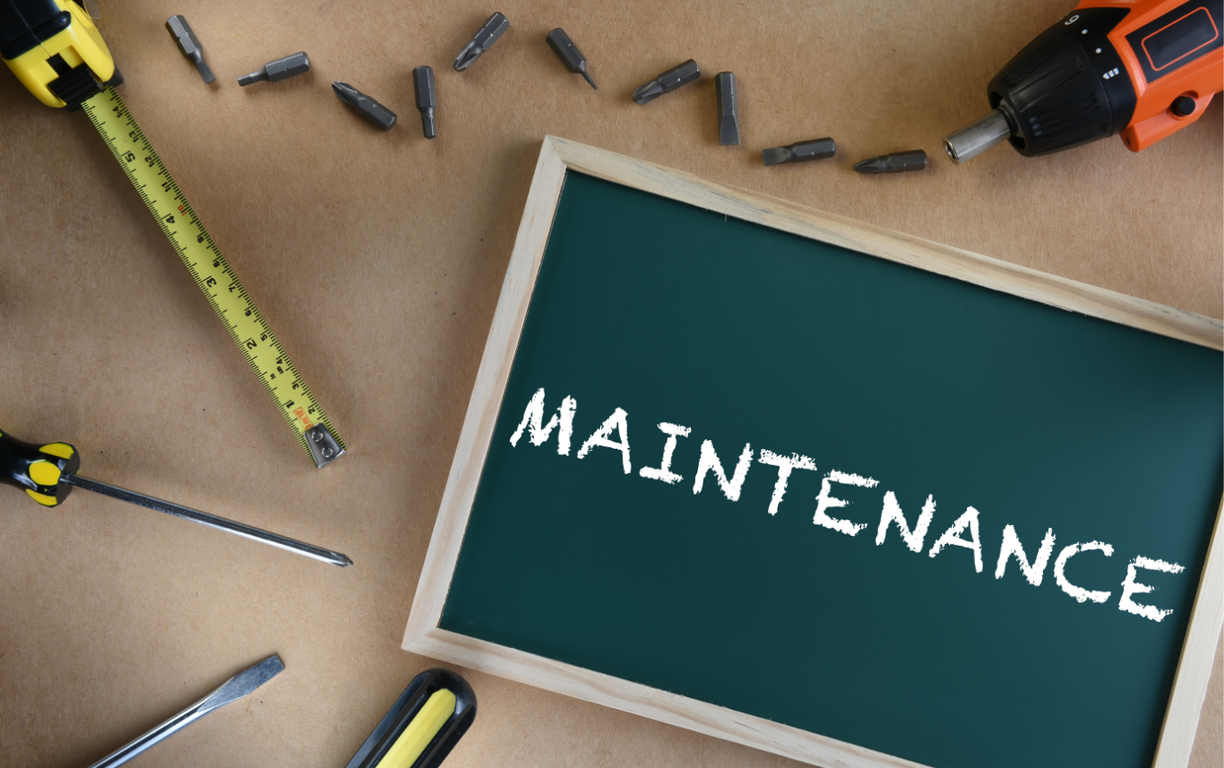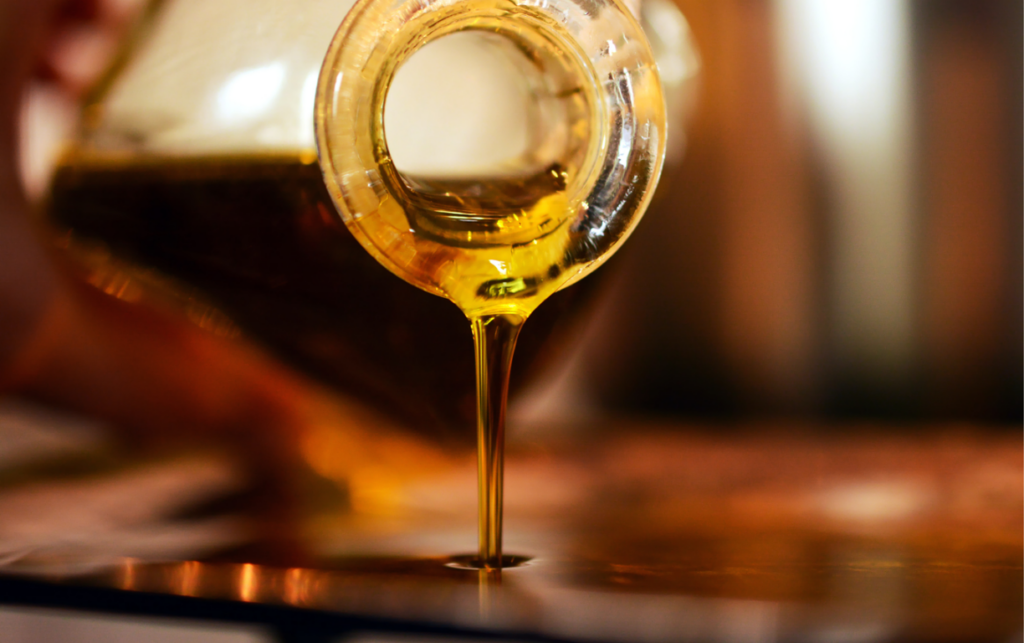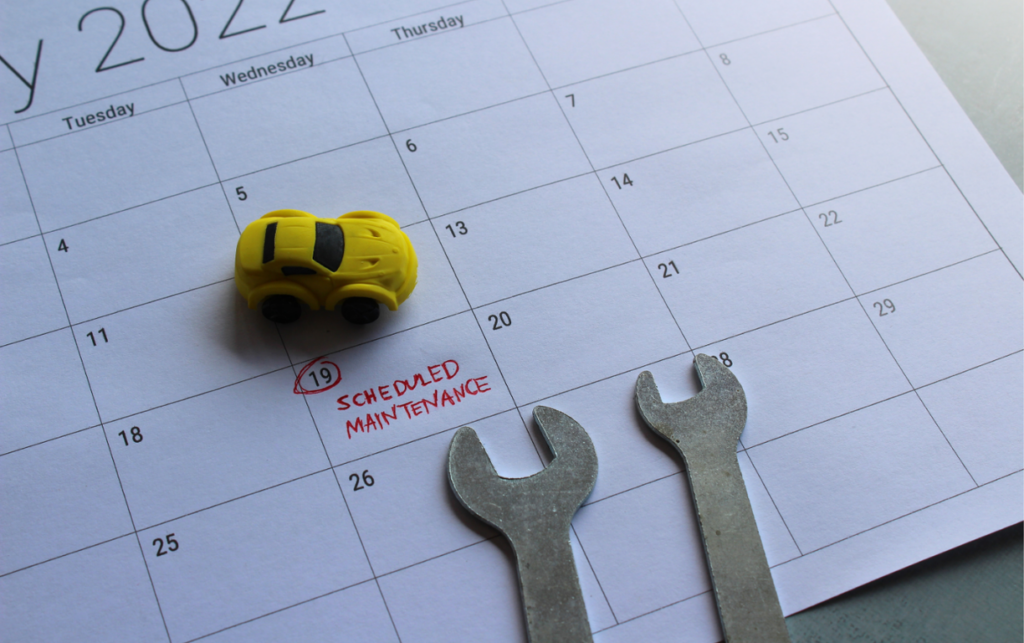Physical Address
304 North Cardinal St.
Dorchester Center, MA 02124
Physical Address
304 North Cardinal St.
Dorchester Center, MA 02124

Keeping your walking pad in top shape is essential for a smooth and enjoyable workout experience. Just like any piece of exercise equipment, it requires regular maintenance to ensure optimal performance. One of the key aspects of this maintenance is oiling your walking pad, which helps reduce friction and prolongs its lifespan.
But how often should you oil your walking pad? The answer can vary bas
Keeping your walking pad in top shape is essential for a smooth and enjoyable workout experience. Just like any piece of exercise equipment, it requires regular maintenance to ensure optimal performance. One of the key aspects of this maintenance is oiling your walking pad, which helps reduce friction and prolongs its lifespan.
But how often should you oil your walking pad? The answer can vary based on usage and the manufacturer’s recommendations. Generally, you’ll want to oil it every 40 to 50 hours of use. However, if you notice any squeaking or resistance while walking, it might be time to give it a little TLC sooner. By staying on top of this simple task, you can keep your walking pad running smoothly and enjoy your fitness journey to the fullest.

To maintain optimal performance of your walking pad you should oil it regularly. Follow these guidelines to ensure your equipment functions smoothly.
Oil your walking pad every 40 to 50 hours of usage. This timeframe helps prevent friction and extends the life of the walking pad. Keep a log of your workouts to track usage hours easily.
Pay attention to how your walking pad operates. If you notice any squeaking sounds or increased resistance while walking it might be time to oil sooner than the suggested schedule. Addressing these signs promptly will help maintain a smooth running surface.
Consider the conditions in which you use your walking pad. If you frequently use it in a dry environment or for extended periods you may need to oil it more often. Adverse conditions can lead to faster wear and tear, making maintenance more crucial.
When you oil your walking pad apply a thin layer of lubricant evenly along the walking surface. Use a suitable lubricant recommended by the manufacturer to ensure compatibility and effectiveness.
Before applying oil clean the surface of your walking pad to remove dust and debris. This will enhance the oil’s effectiveness and ensure an even coat.
By following these steps you can maintain your walking pad’s performance and enjoy a seamless workout experience.
Oiling your walking pad is essential for several reasons. First and foremost, it reduces friction between the walking surface and the motor. When these components operate smoothly, you experience a quieter workout with less wear and tear on your equipment.
Regular oiling increases the longevity of your walking pad, thus protecting your investment. It prevents damage that can result from overheating components due to inadequate lubrication. A well-oiled pad will allow you to walk more efficiently, enhancing your workout by providing a better sense of comfort and stability.
Moreover, oiling your walking pad can improve your overall safety. A lubricated surface decreases the chance of slips and falls, allowing you to focus on your exercise routine without distractions.
To maintain optimal performance, here are some detailed steps to follow when oiling your walking pad:
By incorporating these steps into your maintenance routine, you can ensure that your walking pad remains in excellent condition and supports your fitness goals effectively.
Recognizing when your walking pad requires oiling is crucial for maintaining its performance. Here are the key signs to watch for:
If you notice any squeaking noises while using your walking pad, this is a primary indicator that the moving parts are experiencing friction. Oiling the walking pad can help eliminate these sounds and enhance your workout experience.
When you feel an increase in resistance while walking or running, it may signal that the walking surface is not lubricated adequately. Insufficient oil causes more friction, making it harder to move. A quick oiling can restore smoothness to your stride.
If you find that your feet slip during workouts or if the belt feels like it grips and sticks, it is a clear sign that the surface may require lubrication. Proper oiling ensures that the belt glides smoothly, reducing the risk of slips and enhancing safety.
Observe how the belt moves during operation. If it appears to wobble or move unevenly, the lack of lubrication might be affecting its performance. Oiling can help stabilize the belt and improve its tracking.
If your walking pad exhibits signs of overheating, such as unusual warmth during use or overheating indicators, this could indicate that the components are lacking proper lubrication. Oiling can help prevent overheating by reducing friction within the motor and belt.
Inspect the walking surface regularly for signs of wear, including fraying or discoloration. If you notice these issues, oiling may help extend the life of the walking pad and maintain its effectiveness.
Keep a log of your workout hours to track when your walking pad may need oiling. If you reach the 40 to 50-hour mark without oiling, it’s time to apply lubricant, especially if you notice any of the signs mentioned above.
Always address these signs promptly to ensure your walking pad remains in optimal condition and supports your fitness goals effectively.

Regular oiling is essential for the optimal performance of your walking pad. The frequency of oiling largely depends on how often you use it.
If you use your walking pad daily for more than an hour, you should consider oiling it every 40 hours of use. Frequent usage leads to increased wear and tear, making timely oiling crucial. Keep an eye on any signs of reduced smoothness or noise, as these may indicate that your walking pad requires oiling sooner. Maintaining a log of your workout hours can help you track when oiling is necessary.
For those who use their walking pad occasionally or less than an hour each week, oiling every 80 hours is generally sufficient. However, always be attentive to any changes in performance, such as squeaking or resistance during use. Environmental conditions, such as dryness or dust, may also contribute to the need for more frequent oiling, even with occasional use. It’s advisable to clean the walking surface before oiling to ensure the lubricant works effectively.
Selecting the right oil for your walking pad is crucial to ensure smooth operation and longevity. Below are the recommended options for lubricating your equipment effectively.
Silicone-based oils are the preferred choice for many walking pad users. They provide excellent lubrication and reduce friction between the walking belt and the deck. Silicone oils have the added benefit of being moisture-resistant which prevents dust and debris from accumulating. When applying silicone-based oil ensure that you use a thin, even layer to optimize distribution and effectiveness.
If silicone-based oil is unavailable other options include petroleum-based and mineral oils. However these may not be as effective or safe for your walking pad. Petroleum-based oils can attract dirt and dust which may lead to build-up over time. Mineral oils are less slippery than silicone oils and may require more frequent reapplication. Always check your manufacturer’s guidelines to determine if these alternatives are suitable for your specific model before use.
To effectively oil your walking pad, you will need a few essential tools to ensure proper maintenance. Having the right supplies on hand will make the process easier and more efficient.
Gathering these tools before you begin will streamline your oiling process and help maintain the longevity of your walking pad.
To ensure your walking pad performs optimally, follow these detailed steps for preparation, oiling, and cleanup.
To maintain your walking pad effectively and ensure its longevity, follow these steps:
| Usage Type | Recommended Oiling Frequency |
|---|---|
| Daily Users (1+ hours) | Every 40 hours |
| Occasional Users (<1 hour weekly) | Every 80 hours |
| Environmental Factors (dry or dusty) | More frequently needed |
By following these tips, you will enhance the overall performance of your walking pad and maximize your workout experience.
Maintaining your walking pad through regular oiling is crucial for optimal performance and longevity. By adhering to the recommended oiling schedule and being attentive to signs of wear, you’ll ensure a smoother and safer workout experience. Tracking your usage and environmental factors can help you determine the best oiling frequency for your specific needs.
Don’t overlook the importance of using the right lubricant and following proper application techniques. With a little care and attention, your walking pad will serve you well on your fitness journey, providing comfort and stability with every step. Keep your equipment in top shape, and you’ll enjoy the benefits of a well-maintained walking pad for years to come.